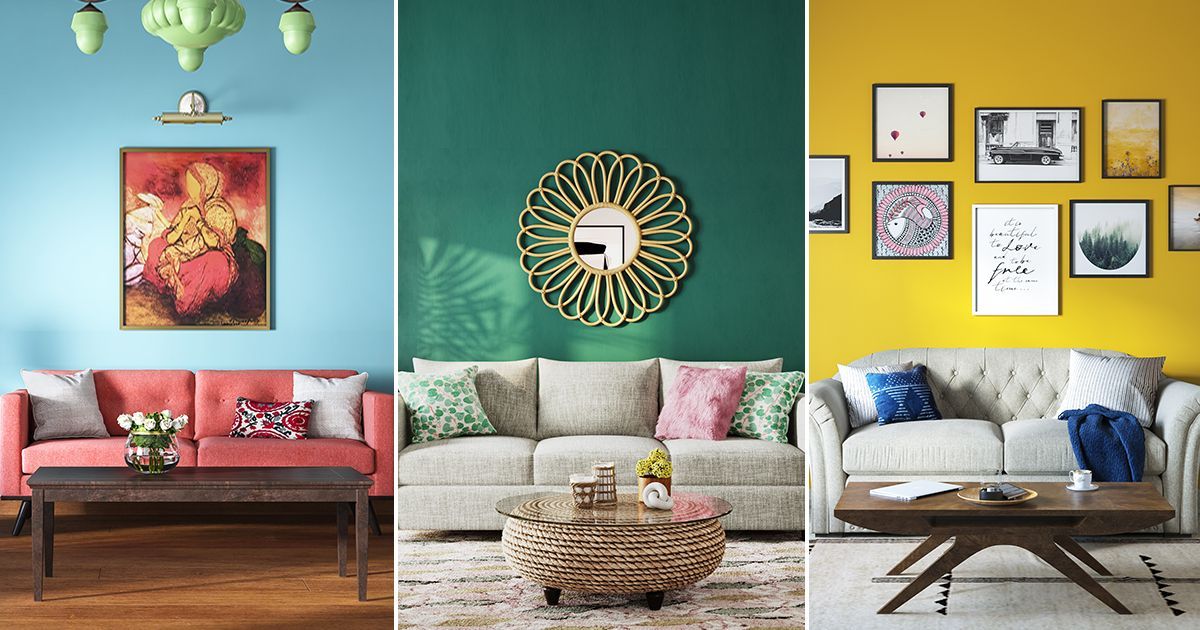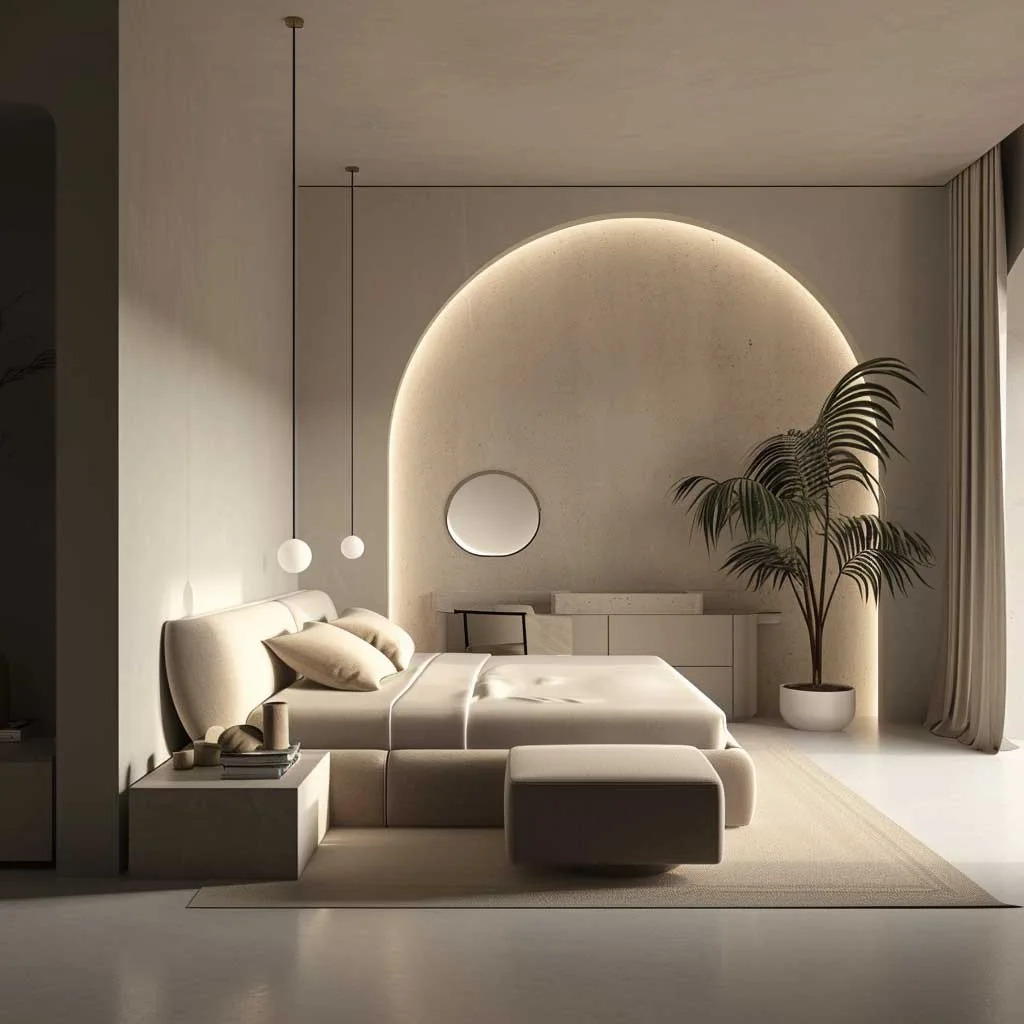Partner with an expert Architecture Firm for residential and commercial projects.
Transform Your Home With Crucial Principles of Interior Design and Looks
By understanding the impact of shade concept and the significance of texture and patterns, one can create areas that are not just aesthetically enticing but also deeply personal. Attaining this stability entails more than mere design; it incorporates a calculated arrangement and an eager understanding of just how each component engages within an area.
Recognizing Color Theory
Recognizing the concepts of color theory enables developers to create rooms that resonate emotionally with residents while satisfying practical demands. Each classification plays a crucial duty in establishing harmony within a space.
The psychological influence of colors is profound; cozy shades such as reds and oranges stimulate energy and warmth, while awesome tones like blues and environment-friendlies advertise peace and serenity. The usage of corresponding colors boosts aesthetic interest, creating striking contrasts that can raise an area's charm.
Neutral shades, on the other hand, work as a versatile background, enabling various other layout components to radiate. It is vital to take into consideration factors such as illumination and the room's objective when selecting a shade combination, as these can alter the perception of shades throughout the day.
Ultimately, a well-considered shade scheme can transform a space, promoting a sense of comfort and style that aligns with the occupants' preferences. Mastery of shade concept is, as a result, an important skill for any type of interior designer aiming to develop harmonious and welcoming settings.
Achieving Balance in Layout
How can developers accomplish a sense of stability in their spaces? Achieving equilibrium in style is fundamental to developing harmonious interiors.
Unbalanced equilibrium, on the various other hand, depends on varying aspects that still achieve a cohesive look. This technique enables even more dynamic and casual plans, offering interest while preserving equilibrium. By meticulously selecting varying dimensions, shades, and appearances, designers can create an aesthetically engaging space that feels well balanced yet energised.
Radial balance highlights a central focal factor with components emitting outward. This style is typically seen in circular designs, where furniture and style produce a cohesive surround that draws the eye internal.
Ultimately, achieving balance calls for thoughtful factor to consider of range, percentage, and the connections in between aspects. interior design firms. By skillfully applying these balance principles, developers can transform areas into environments that really feel both visually pleasing and functionally unified, boosting the general experience for passengers
Significance of Spatial Understanding

An eager feeling of spatial awareness enables designers to recognize prime focus within a room, assisting the audience's focus to vital features while maintaining a total sense of unity. It additionally assists in the critical placement of lighting, which can significantly influence the understanding of space and state of mind. Understanding spatial connections allows the designer to cater to the particular requirements of citizens, making sure that each location serves its intended purpose without compromising visual appeals.
Ultimately, spatial recognition is important for making best use of the possibility of any indoor area. By meticulously thinking about the interplay in between measurements, design, click now and feature, designers can produce settings that not only satisfy functional demands yet additionally stimulate a sense of convenience and appeal, improving the total living experience.
Integrating Texture and Patterns
Accepting a varied variety of structures and patterns can considerably enhance the visual and responsive allure of an indoor area. The strategic use numerous materials-- such as timber, metal, textile, and rock-- produces depth and passion, making a room really feel much more welcoming and dynamic. For instance, integrating smooth surface areas with rough structures can develop an equilibrium that attracts the eye and engages the senses.
When integrating patterns, think about both range and repeating. Big patterns can work as centerpieces, while smaller, subtle designs can match other components without overwhelming the space. Layering patterns, such as pairing floral cushions with candy striped throws, adds complexity and a feeling of consistency if carried out thoughtfully.
It is also critical to maintain a natural color combination, making certain that structures and patterns work with each other as opposed to contend for interest. By picking a few vital textures and patterns, you can develop a combined visual that shows your individual design while enhancing the total setting of the area. Inevitably, the cautious unification of these components can change an ordinary area into a sophisticated atmosphere abundant with character and heat.
Individualizing Your Area
Creating a space that mirrors your personality is crucial to accomplishing a truly inviting setting. Customization in indoor style allows you to instill your distinct design and passions right into your home, changing it from a simple sanctuary right into a shelter that speaks with that you are. Begin by picking a shade combination that resonates with your emotions-- strong shades can invigorate, while soft tones provide peace.
Include art work and style that reflect your interests, whether it be travel, nature, or abstract concepts. Showing personal collections, such as books, pictures, or mementos, can stimulate cherished memories and produce focal points within an area. Furthermore, think about personalizing functional pieces, like upholstered furnishings, to line up with your aesthetic preferences.

Final Thought
In final thought, the transformation of a home via the essential principles of interior decoration and appearance requires an extensive understanding of color concept, equilibrium, spatial understanding, texture, and customization. Each component adds significantly to developing an unified and functional living environment - miami luxury interior design. By thoughtfully incorporating these concepts, people can enhance the visual appeal and psychological vibration of their rooms, inevitably promoting a home that shows distinct identifications while offering comfort and practicality